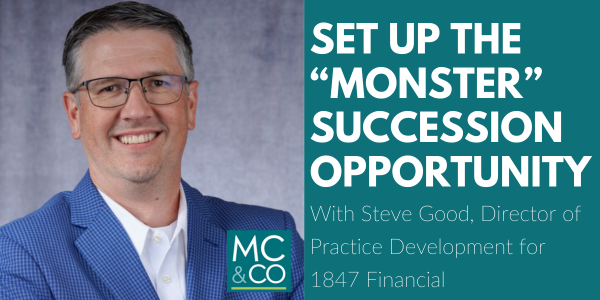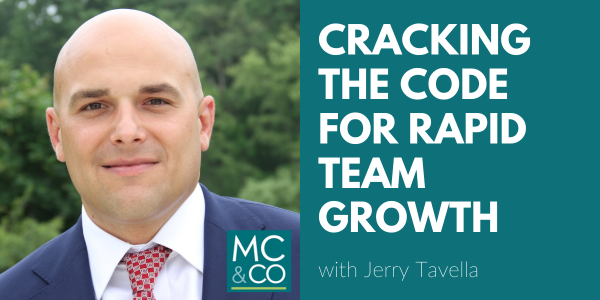Why should you care?
California made the first move in 2018 by passing bill SB 826 to insure that publicly traded CA companies reflect gender diversity on their Boards. Currently, women hold 17.7% of Board seats in Public Companies, which is remarkable given research shows that companies who embrace diversity were 43% more likely to report above average profits. Currently, at least three other states are working to make Board Diversity a governmental mandate. More states will surely follow.
Not a surprise, the passage of SB 826 in California has broad implications for both public and private companies. This bill came on the heels of an increasing trend by institutional investors encouraging and/or requiring the companies they invest in to bring gender, ethnic and cultural diversity onto their boards. Massachusetts is crafting a similar bill, and the Illinois House of Representatives has just passed H.B. 3394.
The premise of these bills are to ensure publicly traded corporate boards reflect gender diversity. If they do not, attention getting penalties are enforced. In California, the first penalty is $100,000. A repeat violation is a hefty $300,000 per offense.
Today we’re diving into the topic of Board Diversity and how one of the largest Institutional Investors California State Teachers’ Retirement System (CalSTRS) is leading the charge on impacting positive progress!
What’s Happening Now in the World of Board Diversity?
Mary Hartman Morris, an Investment Officer within the Sustainable, Investment and Stewardship Strategies unit for the California State Teachers’ Retirement System (CalSTRS), joins our podcast to share how they’ve made progress on Board diversity within the companies they invest in. CalSTRS is the largest educator-only public pension fund in the world. With $236.9 Billion in their portfolio, when CalSTRS takes a stand on what they require and who they will trust their pension assets with…Investment Banks, Bankers and Institutional Investment Firms quickly adapt to their expectations.
Ms. Morris discusses the multi-faceted changes made at CalSTRS alongside what they look for in the companies they place their investment money with, and why. Her insights, expertise and experience are invaluable for leaders looking to deliver sustainable and profitable results.
She also co-chairs the Institutional Investors Committee of the Thirty Percent Coalition, comprised of 24 national and international members, representing $5 trillion in assets under management. Thirty Percent Coalition works to Increase gender diversity in corporate boardrooms across the U.S. and has already impacted almost 300 companies, who have placed women for the first time to their Boards.
Change is upon us, Board Members are being tasked from all angles to move themselves and their organizations ever faster on the diversity front. Here are 3 questions your Board can ask now to make necessary progress:
How can we add diversity to our current Board composition?
Do Investors, employees, recruits, customers and community looking for diversity and improved performance have confidence in your current board composition? Ideally, the Board should reflect the diversity of all stakeholders viewpoints. What will be required of your Board in the next 3 years, and what changes must be made?
What concrete actions can we take to disrupt the status quo?
Create a strategic plan and lead your Board to take action. What can we change within our current methods for considering a new Board member? Traditional searches include ‘who you have known’ in the past or from your other Board Service work. Is it time to bring in a search firm to get the diversity many Boards are seeking? Should you add a seat? The Board’s duty is to consider the skill sets of its members, assess the performance of each member, discuss, document and lead the Board towards what the Company requires to move successfully into the future.
What does Your Board require to make progress on the diversity front?
We have an overabundance of stats making the business case for diversity, yet have made negligible progress. I’m convinced it will happen when there is intentional reflection, specific goals and leadership on the Board. It takes making a commitment, awareness of why, determination and vigilance. Sometimes an existing Board may require outside assessment, coaching or training from diversity experts like Trudy Bourgeois with Work Force Excellence who was a McCauley & Co Leadership Journey podcast guest achieve diversity.
In the end, diversity in the workplace, and on Boards is a positive and profitable change that reflects the demands of your stakeholders – what they want from companies they work for, buy from and invest in.
Listen here to Mary Hartman Morris, Investment Officer within the Sustainable, Investment and Stewardship Strategies unit for the California State Teachers’ Retirement System (CalSTRS), discuss how they are leading the way on diversity.






